Enterprise Mobility Management (EMM) solutions ensure secure and efficient management of mobile devices, applications, and data within an organization.
As businesses evolve, EMM solutions provide comprehensive tools to manage and secure mobile operations. Users value these solutions for their flexibility and the centralized control they offer, ensuring compliance with corporate policies and enhancing productivity. Leading EMM solutions are known for their user-friendly interfaces, seamless integration with existing IT infrastructure, and robust security features.
What are the critical features of an EMM solution?
What are the benefits of implementing an EMM solution?
EMM solutions are widely adopted in industries like healthcare, finance, and education where secure mobile device management is crucial. In healthcare, EMM ensures patient data confidentiality while allowing practitioners to access information on-the-go. Financial institutions use EMM to safeguard sensitive information and enable secure mobile banking services. Educational institutions benefit from EMM by managing student and faculty devices while securing academic data.
EMM helps organizations enhance security, compliance, and productivity by providing centralized control over mobile devices and applications.
| Product | Market Share (%) |
|---|---|
| Microsoft Intune | 31.3% |
| Workspace ONE UEM | 11.6% |
| Jamf Pro | 9.8% |
| Other | 47.3% |


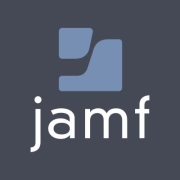
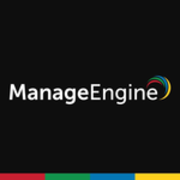
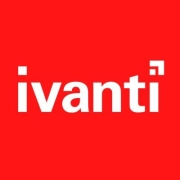

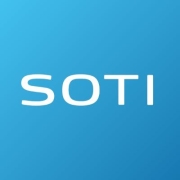
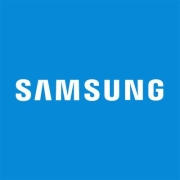



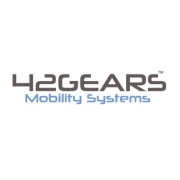








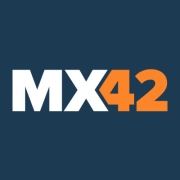
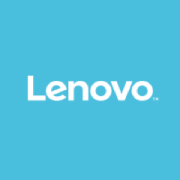

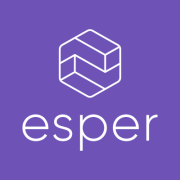

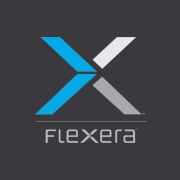
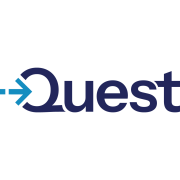
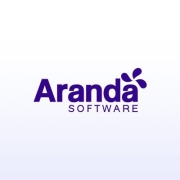



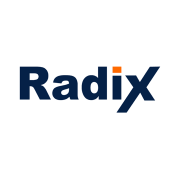


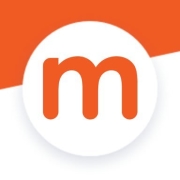
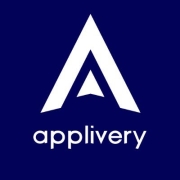
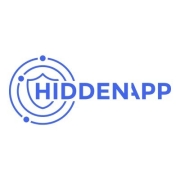

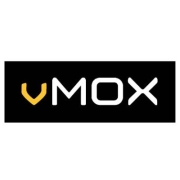










The three types of enterprise mobility management are:
The differences between EMM (enterprise mobility management) and MDM (mobile device management) are:
EMM tools combine a multitude of features and work by combining:
Organizations need EMM because:
EMM tools are tools used to help operate networks and devices safely. An EMM tool is able to centrally manage all mobile devices, whether corporate or private, in a safe and secure way. Implementing an EMM allows the integration of personal devices to a corporate network without risking any security breaches.
Enterprise mobility management tools have many benefits, including:
Enterprise mobility management tools have several features. Some of the main ones include:
EMM enhances security for mobile devices by implementing device encryption, secure access controls, and remote wipe capabilities. With EMM, you can enforce security policies across all devices, ensuring compliance and protection against data breaches. It also offers real-time monitoring, allowing you to quickly respond to threats and unauthorized access attempts.
What features should you look for in an Enterprise Mobility Management (EMM) solution?When selecting an EMM solution, consider features like device management, application management, content management, and identity and access management. Look for robust security features, user-friendly interfaces, and scalability to support multiple devices and operating systems. Integration with existing IT systems and real-time analytics are also crucial for effective mobility management.
How can Enterprise Mobility Management (EMM) improve employee productivity?EMM can improve employee productivity by providing secure access to corporate resources from anywhere, at any time. It enables seamless collaboration through mobile apps and secure file sharing, reducing downtime. By automating routine tasks and simplifying device management, EMM allows employees to focus on their core responsibilities, boosting efficiency and productivity.
What are the cost benefits of implementing Enterprise Mobility Management (EMM)?Implementing EMM can lead to significant cost benefits by reducing the need for multiple management tools and streamlining IT processes. It lowers the risk of data breaches, which can be costly, by providing robust security measures. Additionally, EMM can decrease hardware costs through BYOD (Bring Your Own Device) policies, allowing employees to use their own devices securely.
How do you ensure compliance with data privacy regulations using Enterprise Mobility Management (EMM)?EMM solutions help ensure compliance with data privacy regulations by enforcing strict access controls and data encryption. They offer audit trails and reporting features to demonstrate compliance efforts. By managing and securing data on all devices, EMM ensures that sensitive information is protected, aligning with data privacy laws and corporate policies.